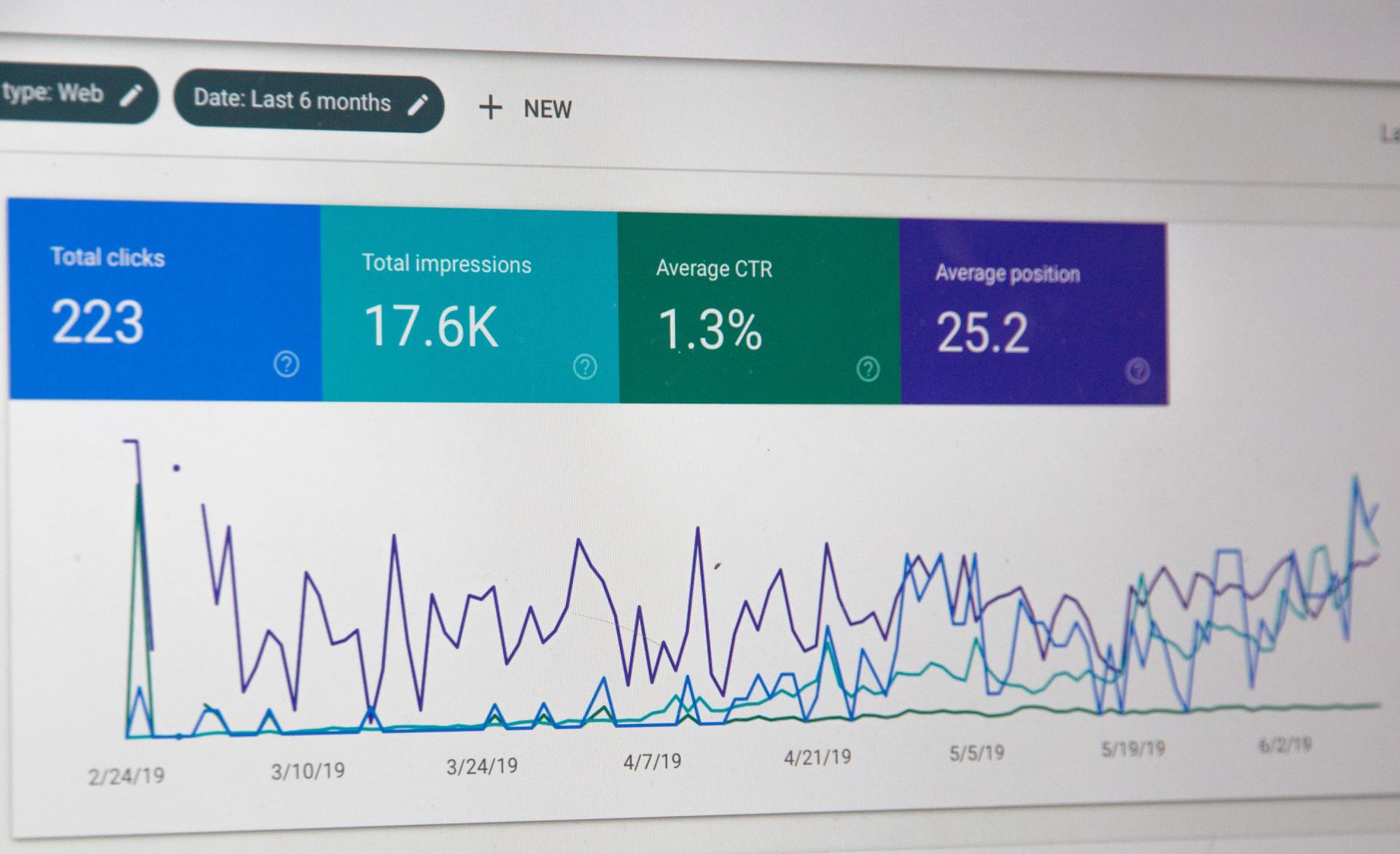
The Profitable Pay Raise: How Higher Wages Boost Productivity and Pay for Themselves
By
Salt Creative
Oct 1, 2025 1:30 PM
Elasticities Of Productivity And Labor Supply With Respect To Wages: A Harvard University Study
This Harvard University study investigates what firms gain from raising wages for low wage workers at a Fortune 500 online retailer, focusing on warehouse and customer service employees. The researchers used quasi experimental methods, analyzing abrupt pay changes at one warehouse and the effects of the company's "sticky" national pay rates against changing local wages elsewhere.
Key Elasticities
The central findings are expressed as elasticities, which measure the responsiveness of one variable to a change in another.
- Productivity Elasticity: An increase in pay leads to a more than proportional increase in worker productivity. The elasticity was estimated to be 1.1 to 1.2.
- For warehouse workers, a pay increase boosted the number of boxes moved per hour by 7%, an elasticity of 1.2.
- For customer service reps, a $1/hour increase relative to the local average wage increased calls handled per day by 7%, an elasticity of 1.12.
- Turnover Elasticity: Higher pay significantly reduces the rate at which employees leave the company. The elasticity was estimated to be between -3.0 and -4.5.
- Recruitment Elasticity: Higher pay makes it much easier to hire new workers. The elasticity was estimated to be between 3.2 and 4.2.
Financial Return on Higher Pay
This Harvard University study concludes that, on the margin, the benefits of raising wages outweigh the costs.
- Overall Finding: The increase in productivity from a wage hike fully pays for itself. Raising wages by $1 was found to increase the value of worker productivity by more than $1.
- Warehouse Return: A $1/hour wage increase, which costs the firm $1.30/hour with taxes, generated a return of $1.44/hour from productivity gains alone.
- Customer Service Return: A $1/hour wage increase in relative pay generated a return of $1.56 from productivity gains.
Mechanisms and Gender Differences
This study also explored why higher pay works and how its effects differ by gender.
- Behavior vs. Selection: The positive effects are not just from attracting better workers. The study estimates that over half of the turnover reduction and productivity increase comes from the behavioral changes of existing workers. Using data from a separate staffing agency, the authors found that about 83% of the improvement in job completion could be attributed to the same worker's behavioral response to different pay rates.
- Gender Specific Effects: The authors found significant differences in how men and women respond to pay raises in the customer service roles.
- Turnover: Men's turnover was more responsive to higher wages than women's.
- Productivity: Women showed a substantially larger productivity response to higher pay than men did.
- Implication: When combining these effects, the results suggest that a profit maximizing firm would have an incentive to set female wages above male wages, indicating that firm profit motives do not explain the gender pay gap in this context.
Definitions:
Productivity Elasticity:
Productivity elasticity measures how much a worker's output changes in response to a change in their wages.
Turnover Elasticity:
Turnover elasticity indicates how much the rate of employees leaving a company changes when their wages change.
Recruitment Elasticity:
Recruitment elasticity quantifies how the number of new hires changes in response to a change in the wages offered.




